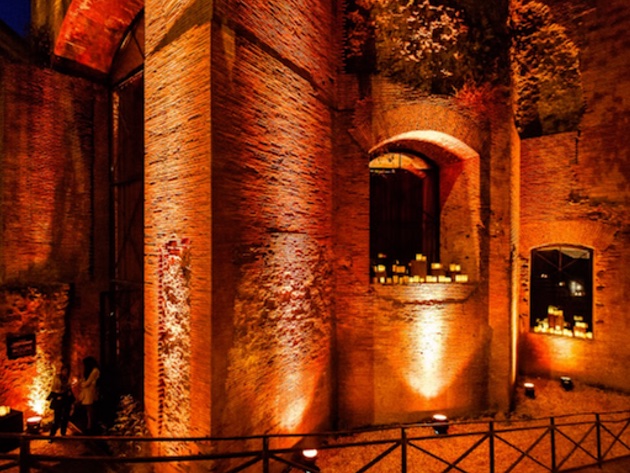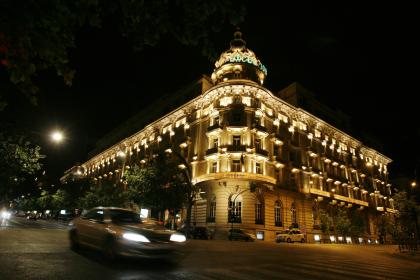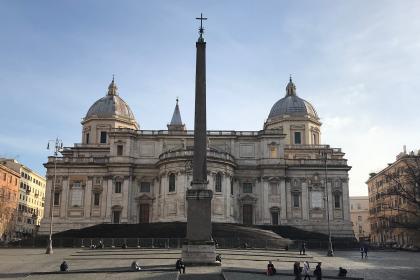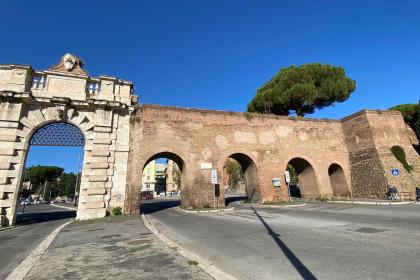
The Horti Sallustiani, so called because they belonged to the historian Sallustius, constituted, with the gardens and the villa, the largest monumental park in Rome. They occupied a vast area between today's via Salaria, via Veneto, via XX Settembre and the Aurelian Walls. This area, previously owned by Julius Caesar, was purchased by Sallustius in 44 BC, who enlarged it and made it his residence. It became imperial property under Emperor Tiberius (14-37 AD). We also know that Vespasian loved to stay there and that Nerva died there. Further work on the complex was carried out by the emperors Hadrian (117-138 AD) and Aurelian (270-275 AD). The latter built a hippodrome where he enjoyed riding. The villa suffered severe damage during the invasion of Alaric's Goths in 410 AD and was never rebuilt.
Numerous buildings were scattered throughout the vast park, including a bathhouse and a temple dedicated to Venus Erycina. At today's Piazza Sallustio, the remains of a large complex consisting of three sets of buildings are visible 14 meters below street level. The main building consists of a large circular hall covered by a dome, similar to the Serapeum at Hadrian's Villa in Tivoli. The walls contain several niches, two of which lead to two lateral rooms, perhaps nymphaeums (monumental fountains). In the modern "cocciopesto" floor, a glass-covered opening allows observation of the hall's foundations. The rear section, with a semicircular plan, is a stately building on several floors, with frescoed rooms, mosaic floors, and windows. A wide staircase on the north side led to upper floors that no longer exist.
Many famous sculptures come from the Horti Sallustiani, including the Dying Gaul, now in the Capitoline Museums, the Suicide Gaul, and the Ludovisi throne, now in Palazzo Altemps. The obelisk, placed at the top of the Spanish Steps since 1789, also comes from the Horti.
In 1998, the Superintendency approved the restoration project for the Aula Adrianea, aiming to restore this ancient structure to public use with a new purpose. The goal was to transform the building into a space suitable for hosting cultural events and conferences, while preserving its historic features and equipping it with modern systems.
Photo credits: official Facebook page of the Horti Sallustiani
Via Vittorio Veneto

 Condividi
Condividi
Basilika Santa Maria Maggiore

 Condividi
Condividi
Die Aurelianischen Mauern

 Condividi
Condividi
Informationen
 Condividi
Condividi
Location
Um mehr über alle barrierefreien Dienste zu erfahren, besuchen Sie den Abschnitt barrierefreies Rom.











































